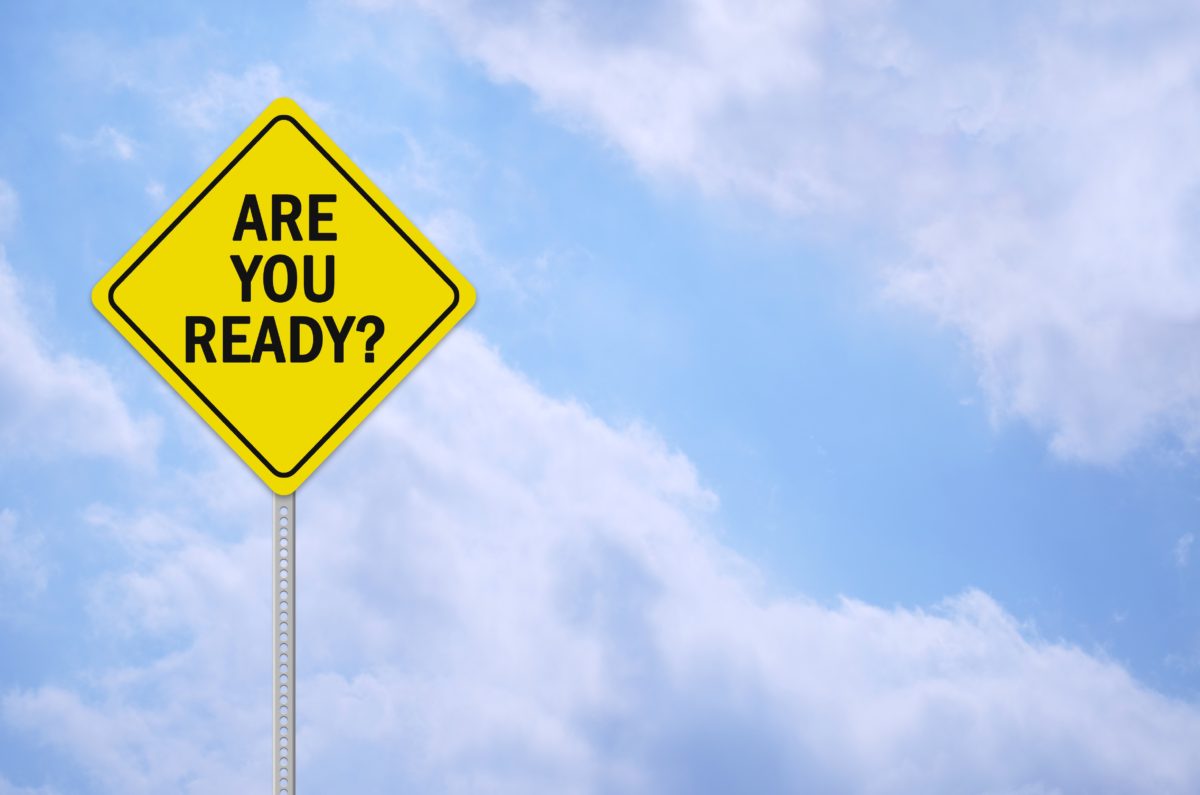Welcome to 2021!

Many people and agencies felt like they were just getting into the rhythm of things when a pandemic hit. Now they're facing 2021 and No Pay Raps. Agencies have been dealing with a lot the last 12 months.
In previous blog posts, we have discussed the impacts of PDGM on agencies, therapists, and others. You can view them here: PDGM for Dummies, PDGM Impact on Therapists, What is PDGM?
What Is PDGM?
PDGM means Patient Driven Grouping Model. PDGM is a value-based care reimbursement model that uses multiple data points to determine reimbursement rates. Previously, PPS used diagnosis coding, certain OASIS questions, and therapy usage to determine reimbursement rates. PDGM removes therapy utilization as part of the calculation because some agencies were using therapy to boost reimbursement or not- whether or not the patient needed it. With PDGM, CMS uses information such as the referral source (institutional or community), episode timing, fall risk, diagnosis coding, comorbidities, and certain OASIS questions to determine the clinical grouping, and thus the reimbursement. There are 432 clinical groupings. The reimbursement calculation is very complicated. If a referral is from an institution (for example, a SNF or after a 3 day stay and being admitted to a hospital), the reimbursement is 10% higher than if the same patient came from a community referral- everything other than institutional. Episode timing is every episode after the first 30 days is considered late episode. A patient must be off service for 60 days after discharge to be considered early. Again, this can be complicated.
PDGM- Coding Impacts
With PDGM reimbursement based solely on diagnosis coding. It is essential to get it correct. One good thing is that PDGM allows for 25 diagnosis codes to be used and sequencing doesn't matter as much. There are still coding rules that apply with assumed relationships. However, documentation is essential so that coding can be thoroughly and completely done. Documentation can help us uncover comorbid conditions that patients have. The average person on Medicare has 6 or 7 acute conditions. However, CMS shows that agencies have about 54% of patients have no comorbidities from PDGM data. Thorough documentation is essential to uncover and maximize diagnosis coding for PDGM. We cannot code what isn't documented.
PDGM- OASIS Questions
PDGM uses some of Activities of Daily Living (ADL) questions as the OASIS section for reimbursement calculations. These questions show how independent (or not) the patient is. Can the patient transfer safely? Dress upper body safely? Dress lower body? Ambulate? Groom and toilet? Just because a patient is doing these things, doesn't mean that they can do it safely or even mean they should be doing these things independently. Many patients want to appear healthier than they are, and many nurses don't understand what the question actually means. Our technology allows agencies to see what PDGM questions we are suggesting changes to most often. We can show this by clinician so agencies can find high and low performing clinicians. It and highlight and identify training opportunities, and then track the effectiveness of the training over time. Here is what we're suggesting changes to as a total company. This varies from agency to agency, but this is the average.
ADL/PDGM OASIS Questions
M1850 Transferring7509 / 21672 Changed 34.650%
M1860 Ambulation7408 / 21672 Changed 34.180%
M1830 Bathing6011 / 21672 Changed 27.740%
M1810 Dressing Upper Body4272 / 21672 Changed 19.710%
M1820 Dressing Lower Body4149 / 21672 Changed 19.140%
M1840 Toileting2583 / 21672 Changed 11.920%
Here is a singular agency. Notice the difference.
ADL/PDGM OASIS Questions
M1850 Transferring1427 / 2394 Changed 59.610%
M1860 Ambulation1269 / 2394 Changed 53.010%
M1830 Bathing1219 / 2394 Changed 50.920%
M1810 Dress Upper Body872 / 2394 Changed 36.420%
M1820 Dress Lower Body702 / 2394 Changed 29.320%
M1840 Toileting377 / 2394 Changed 15.750%
Not only do we provide exceptional quality, we provide data to you in manageable and actionable ways so you don't have to spend time wondering and guessing. Data drives decisions. But good data drives great decisions. We want to help agencies make great decisions.
Here is a great link for agencies wondering about how to help their staff understand PDGM.
https://www.homecaremag.com/october-2019/oasis-checkup-pdgm
Here is another great link explaining PDGM from CMS. CMS PDGM Overview